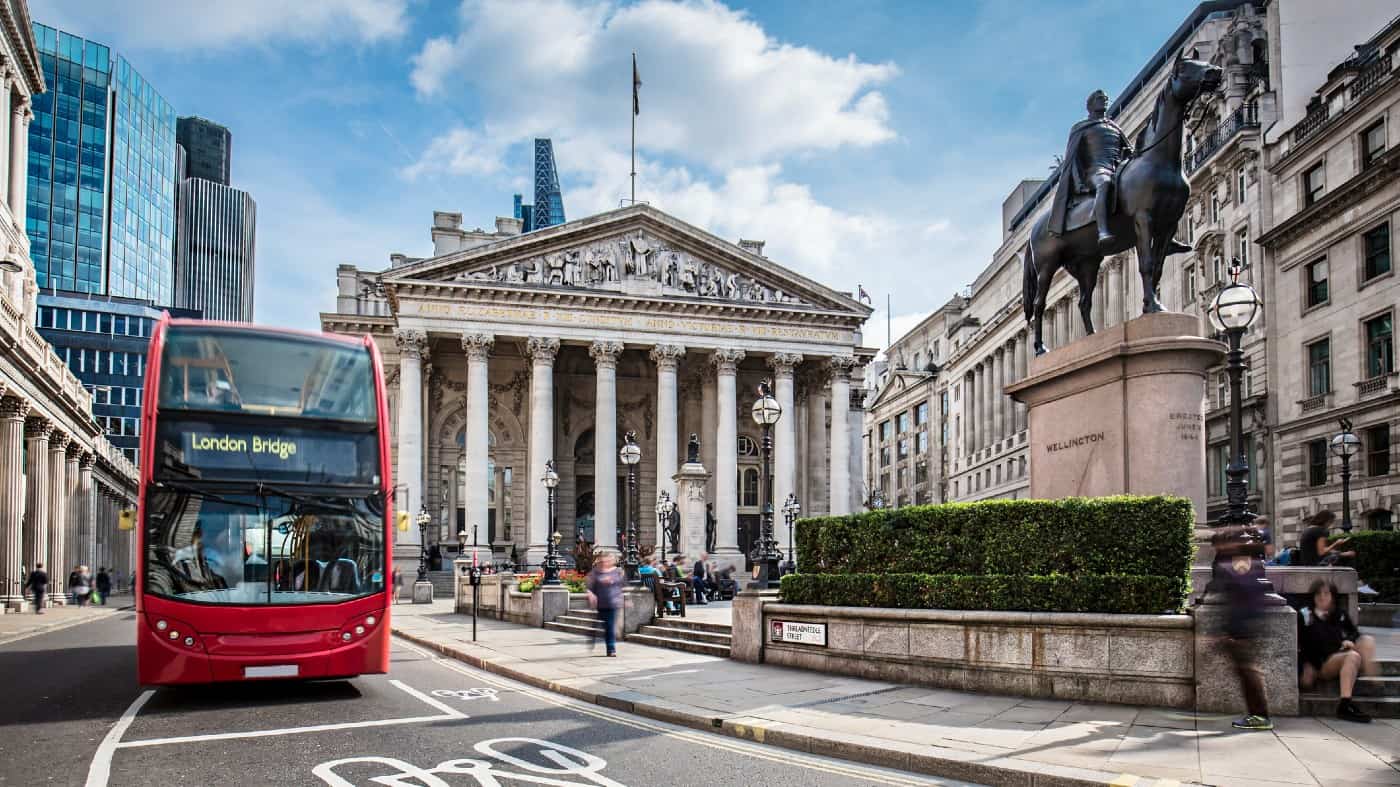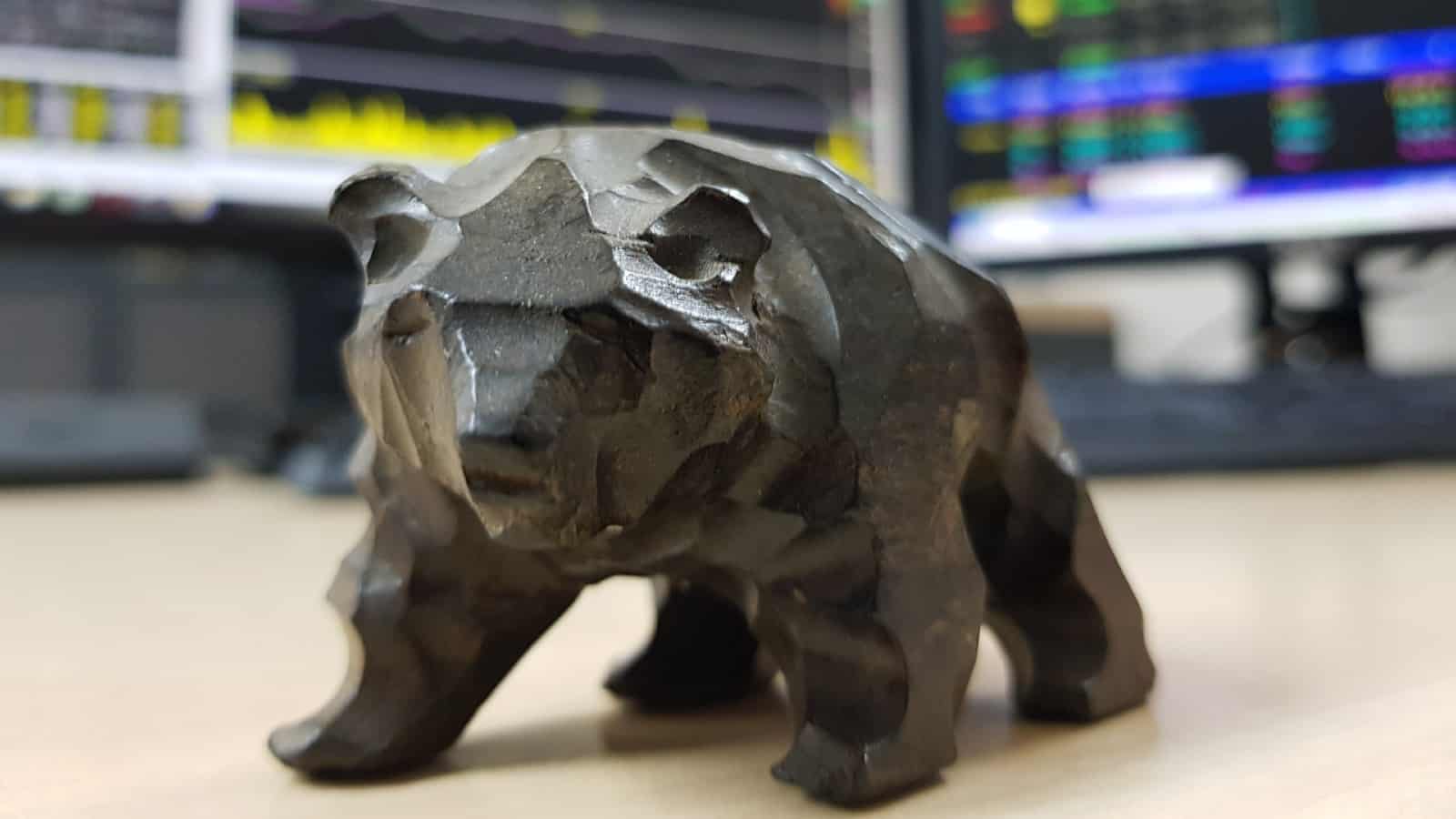Image source: Getty Images
Investor demand for exchange-traded funds (ETFs) is going from strength to strength. These financial instruments commanded $1.6trn worth of inflows in 2024, according to Bank of America, taking total assets under management (AUM) above $15trn.
It’s not hard to see their appeal. Share investors like me can try to target better returns by purchasing individual stocks. But that’s not to say that ETFs aren’t capable of delivering spectacular returns in their own right.
Besides, these sophisticated financial products often allow individuals to spread risk by investing in a wide range of assets.
A top fund
I own several ETFs in my own Self-Invested Personal Pension (SIPP). And I’m looking for more to add to my portfolio in the New Year.
The iShares Russell 2000 (NYSEMKT:IWM) is top of my shopping list today. It provides exposure to hundreds of US small-cap stocks, a bias that’s delivered an average annual return of 9.8% since 2019.
More specifically, the fund holds shares whose market capitalisations fall below $400m. Major holdings include retailer Sprouts Farmers Market, drugmaker Insmed, and FTAI Aviation, which provides aerospace aftermarket services.
I already own US-focused ETFs, but not one that specialises in smaller, domestic-focused companies. I think funds like this could thrive under Trump’s new administration if, as expected, significant trade tariffs are introduced that drive demand for locally produced goods and services.
That said, I’m aware that performance could disappoint if the US economy experiences a fresh downturn.
Two others I’m considering
The next fund I’m considering is the SPDR MSCI World Technology ETF (LSE:WTEC). During the past five years it’s produced an average annual return of 22%.
Even though it’s quoted in US dollars on the London stock market, I think it’s worth a very close look. Non-sterling shares, funds, and trusts expose investors to exchange rate movements that can eat into returns.
Like many tech-based funds, it’s dominated by American big hitters like Nvidia, Apple, and Microsoft. These three alone comprise 55.1% of the ETF’s total holdings, in fact.
However, overseas companies including SAP, ASML, and Tokyo Electron provide it with some diversification. This could be important with potentially disruptive US trade tariffs on the horizon.
This SPDR fund’s delivered stunning returns as the digital revolution has continued. I’m confident that emerging technologies like quantum computing, robotics, blockchain, and artificial intelligence (AI) will provide plenty of growth opportunities.
The latter market alone is tipped to grow at an annualised rate of 28.4% between now and 2030, according to the boffins at Statista.
Turning £20k into £100k
Past performance is not a reliable guide to future profits. But I’m confident that these ETFs could continue delivering excellent long-term returns.
Indeed, if they can replicate their performances of the past five years, a £20,000 lump sum invested equally in them today would turn into almost £100,000 after a decade (£97,056, to be exact).
Credit: Source link













